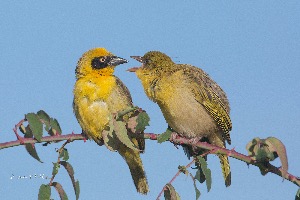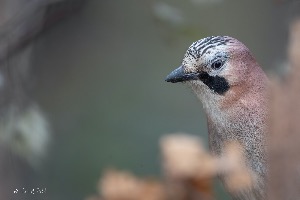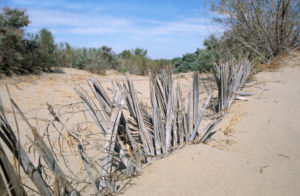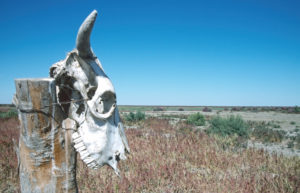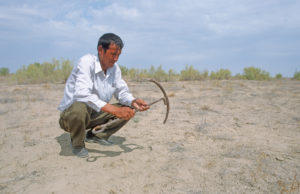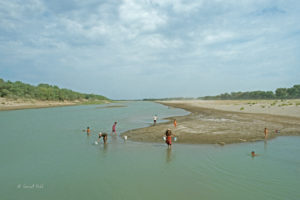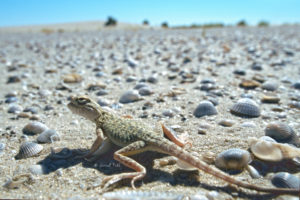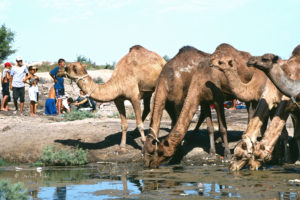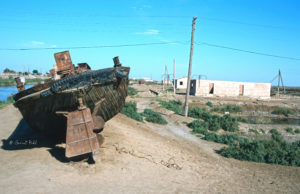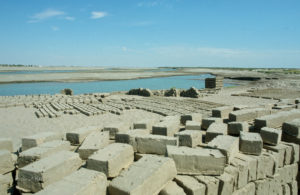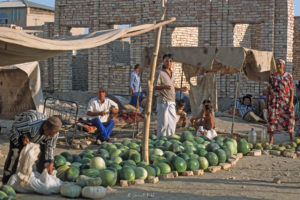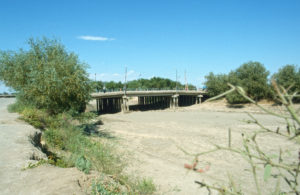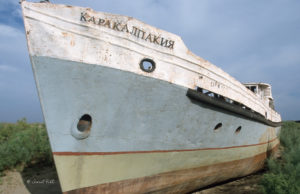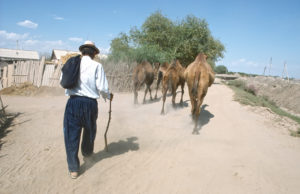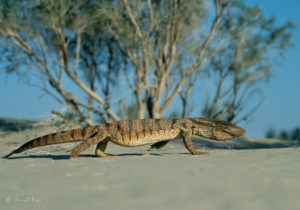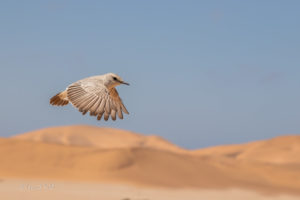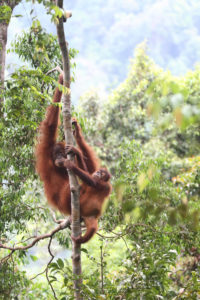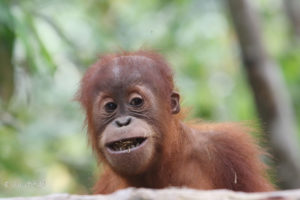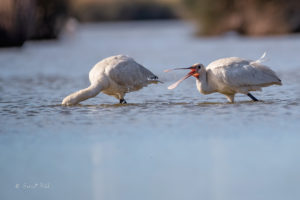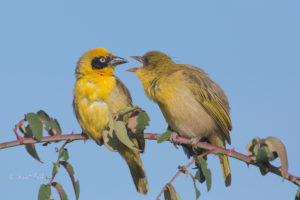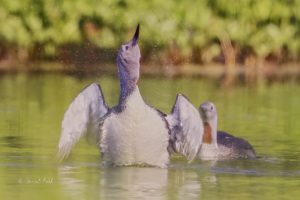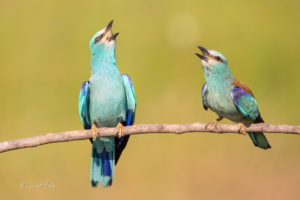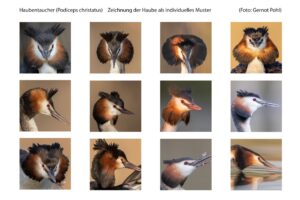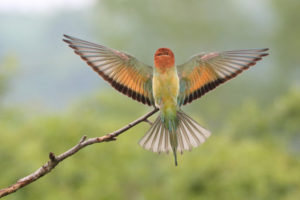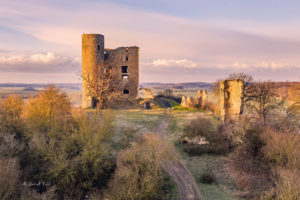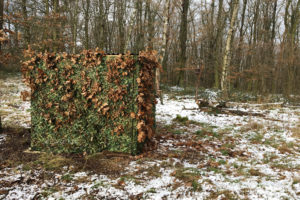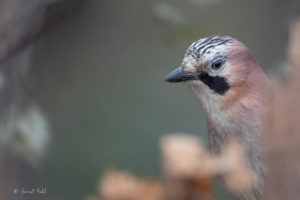Portfolio-eng
Aral ... the lost lake
The Aral Sea was once the fourth largest inland lake on earth. A flourishing fisheries-based economy existed around the lake. Today the Aral region in Karakalpakstan is the poor house of Uzbekistan. The infrastructure has crumbled, the places look run down. There is no tourism whatsoever. The Aral became a tragic example of a man-made disaster.
weiterlesen
During the Soviet era it was decided to plant cotton and rice on a large scale around the lake. Both crops have enormous water requirements. There are two major tributaries, Amu Darya and Syr Darya, that will be enough, thought the planners. But as a result of the intensive and ruthless irrigation of the fields, less and less water got into the lake.
The water level fell dramatically. In addition, the river water was heavily polluted by chemicals and pesticides. In addition, there was the strong salt deposits on the former lake bed. Everything together was devastating. The flora and fauna could only survive in islands and had to give way to a new desert, the Aralkum. The climate changes were enormous. The temperature increased by 2.6 ° C. In addition, nowhere else is desert sand so contaminated.
During storms, the salty fine dust is carried far and unchecked into the country to this day. People suffer from the highest rate of illness in the region. There is now a small glimmer of hope on the horizon. There is currently a balance between water inflow and evaporation. The former Aral Sea has disintegrated into several lakes. The largest one is now called “Great Aral”, is about 10 km long and reasonably stable. But to this day, apart from brine shrimp, no organisms can survive in the extremely salty water. Between 1999 and 2005 I was in the Aralkum several times as part of a development aid project and tried to capture in pictures what moved me. The fate of the Aral should be an alarm signal for all of us.
On the way between Tian Shan and Kysylkum
The only German offshore island is about 60 kilometers from the German coast ...
Chrested Crebes, are fascinating birds






